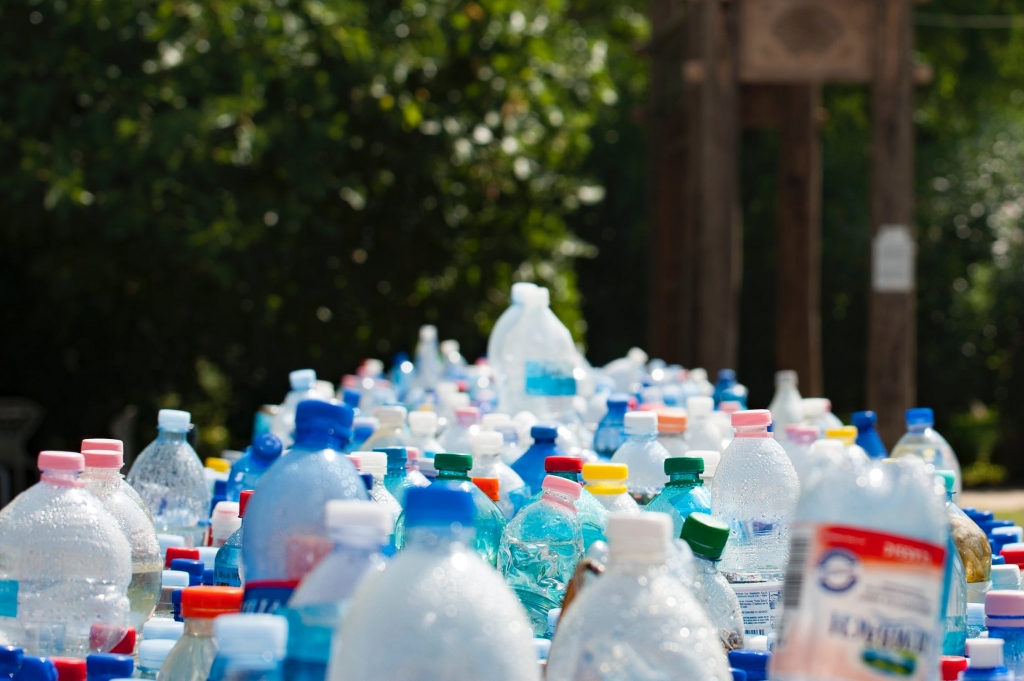
SAN FRANCISCO (Nov. 23, 2021) – The U.S. Environmental Protection Agency (EPA) released the 2021 National Recycling Strategy to tackle recycling challenges facing the nation and to create a stronger, more resilient, and cost-effective municipal solid waste recycling system. This year, California alone has invested $270 million in new recycling infrastructure and programs. The 2021 strategy is also the first time EPA’s recycling approach will address the climate impacts of producing, using, and disposing of materials. The strategy also includes a focus on the human health and environmental impacts of waste and waste-related facilities in overburdened communities, reflecting the Agency’s commitment to delivering environmental justice.
“Our nation’s recycling system is in need of critical improvements to better serve the American people. EPA’s National Recycling Strategy provides a roadmap to address system challenges and pave the way for the future of recycling,” said EPA Administrator Michael S. Regan. “As we move forward with this strategy, EPA is committed to ensuring that historically underserved and overburdened communities share in the benefits that our work will deliver. Together with the historic investments in recycling from the Bipartisan Infrastructure Law, the strategy will help transform recycling and solid waste management across the country while creating jobs and strengthening our economy.”
During the next few months, EPA will work collaboratively with stakeholders to develop a plan to implement the 2021 Strategy. EPA will collaborate with communities, local, state, federal and Tribal partners, and with public and private stakeholders to achieve the strategy’s ambitious goals. EPA looks forward to supporting state and local agencies who are on the ground solving these issues.
This year California has taken major strides to make sure materials get recycled by building remanufacturing in their state, including:
- Passing seven new recycling laws such as standards for recycling labels and exports, new bottle and can recycling options and single use food utensil restrictions,
- Investing $270 million in new recycling infrastructure and programs, and
- Launching statewide food and yard waste recycling into new green products starting January 1, 2022.
“California’s innovative policies and climate investments in reuse, recycling and recycling market development are unparalleled,” said EPA Pacific Southwest Acting Regional Administrator Deborah Jordan. “We look forward to working closely with the state to implement EPA’s National Recycling Strategy and support overburdened communities.”
“Solving problems through innovation is what California does best, and we are upgrading our recycling approach by investing in remanufacturing,” California Resources Recycling and Recovery Director Rachel Machi Wagoner said. “The state is supporting industry in designing waste out of the manufacturing process and using materials from local curbside bins to make new products right here within our state.”
The U.S. recycling system faces many challenges, including reduced markets for recycled materials, recycling infrastructure that has not kept pace with today’s diverse and changing waste stream, confusion about what materials can be recycled, and varying methodologies to measure recycling system performance. The 2021 National Recycling Strategy identifies actions to address these challenges that build on the collaborative efforts by stakeholders from across the recycling system that began under the 2019 National Framework for Advancing the U.S. Recycling System.
The Strategy focuses on how the Agency will move forward in the following areas:
- Increasing Equitable Access for Overburdened Communities: EPA recognizes the burden that living near waste and waste-related facilities has on communities when waste is not properly managed, which can lead to higher levels of chronic health issues. The 2021 Strategy will increase equitable access to recycling services, reduce environmental impacts in communities, stimulate economic development, and ensure overburdened communities meaningfully participate during the strategy’s implementation.
- Reducing Climate Impacts of Materials Management: The 2021 Strategy includes a commitment by EPA to create a new national goal to reduce the climate impacts from the production, consumption, use, and disposal of materials, which make up approximately 50 percent of global greenhouse gas emissions, according to the United Nations Environment Programme’ s International Resource Panel. This new climate goal will help achieve President Biden’s commitment to achieve a 50-52-percent reduction from 2005 levels in economy-wide net greenhouse gas emissions by 2030.
- Managing Materials for a Circular Economy: While this initial 2021 Strategy focuses on the recycling of municipal solid waste, additional work is necessary to create a “circular economy” where materials (e.g., plastics, food waste, electronics, and industrial materials) are sustainably managed throughout their lifecycle. EPA, in coordination with other federal agencies and interested stakeholders, intends to release subsequent strategies that will encompass other activities beyond the recycling, reflecting the need for sustainable product design, reducing waste generation, and materials reuse activities critical to realizing circularity. Subsequent strategies will address other key materials, such as plastics, food, cement and concrete, as well as electronics.
Additional Background:
Over the next few years, EPA will move forward to support a circular economy approach to materials management, which represents an important change in how the nation currently mines resources, makes them into products, and then disposes of them. A circular economy approach reduces material use, redesigns materials and products to be less resource intensive, and recaptures “waste” as a resource to manufacture new materials and products. It is defined by the Save Our Seas 2.0 Act as “a systems-focused approach and involves industrial processes and economic activities that are restorative or regenerative to the environment by design, enable resources used in such processes and activities to maintain their highest values for as long as possible, and aim for the elimination of waste through superior design of materials, products and systems (including business models).”
Learn more about the National Recycling Strategy: Part One of a Series on Building a Circular Economy for All: https://www.epa.gov/recyclingstrategy
Learn how to improve the nation’s recycling rate: https://www.epa.gov/recyclingstrategy/national-recycling-strategy-part-one-series-building-circular-economy-join-effort
Learn more about recycling in the United States: https://www.epa.gov/facts-and-figures-about-materials-waste-and-recycling
Learn how California is building a circular economy: https://www.youtube.com/watch?app=desktop&v=5WgxJrYE6zE&feature=youtu.be
Learn more about EPA’s Pacific Southwest Region. Connect with EPA on Facebook and on Twitter.






